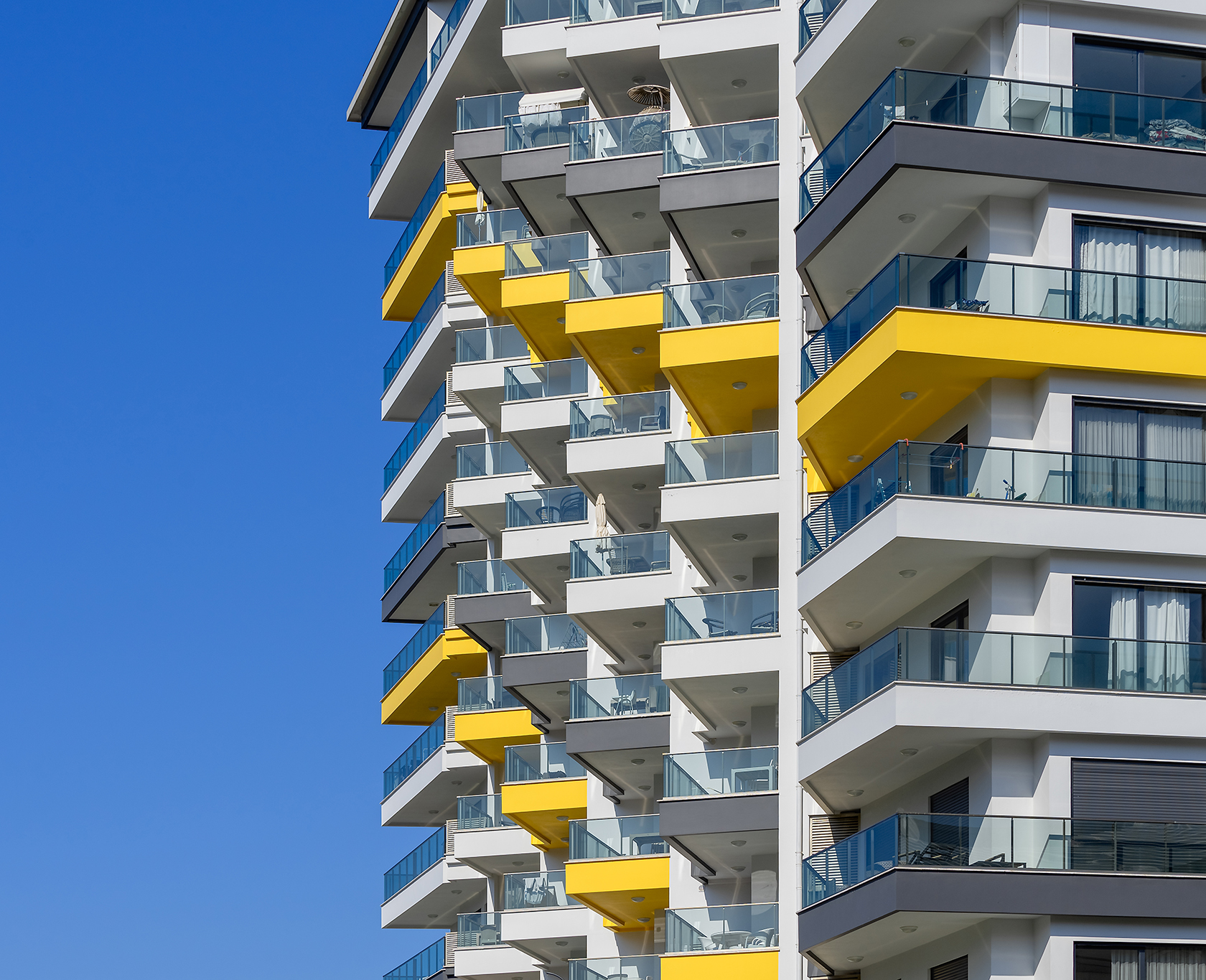Navigating Conflicts Within Your Condo HOA: Advice
Navigating Conflicts Within Your Condo HOA: Advice
Blog Article
Exactly How Condo HOA Controls Shared Spaces and Enhances Area Consistency
The governance of common spaces within a condo association plays a crucial function in cultivating area cohesion and keeping residential property values. Via the establishment of detailed guidelines, the Condominium HOA not only manages the usage of public amenities however also advertises a society of regard and liability amongst citizens. By attending to possible conflicts and promoting open discussion, the HOA can enhance the general living experience. The efficiency of these approaches frequently pivots on energetic participation and commitment from all participants, elevating concerns regarding the finest methods to attain long-term neighborhood harmony.
Role of the HOA
The home owners association (HOA) works as the regulating body for condominium areas, playing a crucial role in maintaining the home and promoting a cohesive living atmosphere. It is accountable for establishing and implementing community guidelines and regulations, which are made to maintain the visual worth and functionality of the common room. This administration guarantees that all locals abide by a standardized set of expectations, promoting a feeling of unity among varied homeowners.
In Addition, the HOA handles the monetary facets of the area, including budgeting, gathering dues, and preserving common locations. This financial oversight is crucial in ensuring that essential maintenance and renovations are carried out without delay, improving property values over time. The HOA additionally offers as an intermediary in between residents and outside entities, such as local government and service companies, attending to communal issues successfully.
In Addition, the HOA usually organizes community events and programs, encouraging neighborly communications and constructing relationships among locals. By assisting in open interaction and attending to grievances, the HOA contributes to a harmonious living setting. Thus, its multifaceted function is essential in making sure the smooth procedure and overall satisfaction within condominium neighborhoods.
Guidelines for Shared Areas
Effective administration in condominium communities necessitates clear rules for shared areas, which are crucial for maintaining order and advertising a feeling of area among homeowners. These regulations work as guidelines that guarantee every person can appreciate typical locations, such as swimming pools, gardens, and entertainment facilities, without conflict.

Furthermore, tidiness and upkeep requirements are important, typically stipulating that homeowners must clean up after themselves and report any problems to the property owners' organization. By clearly communicating these expectations, the HOA can lessen misconceptions and motivate regard amongst locals.
Ultimately, well-defined policies for common spaces add to the general lifestyle in a condo community, allowing locals to exist together quietly while enjoying the services that enhance their living experience. condo hoa.
Importance of Area Standards

Neighborhood guidelines play a substantial role in cultivating a respectful and cohesive atmosphere within condominium associations. These guidelines establish clear expectations for residents, promoting a sense of liability and shared responsibility. By marking acceptable habits and methods, neighborhood standards assist stop misconceptions and problems among residents.
In addition, these guidelines function as a structure for keeping the practical and visual honesty of common spaces. They make sure that all residents stick to requirements concerning residential or commercial property upkeep, noise levels, and usage of public centers. This harmony not only boosts the visual appeal of the area but also adds to overall residential property values, profiting all property owners.

Dispute Resolution Techniques
Navigating conflicts within a condominium association requires a structured strategy to make certain reasonable and reliable resolution. Reliable conflict resolution strategies commonly start with open interaction, urging citizens to voice issues in a respectful way. Developing an assigned channel for complaints, such as an idea box or an online forum, can promote this process.
Mediation is an additional crucial method, wherein a neutral 3rd party aids disputing residents get to an equally reasonable service. This approach cultivates cooperation and understanding, lessening hostility - condo hoa. The HOA board must also establish clear procedures for dealing with complaints, making sure all celebrations recognize the actions entailed
Routine dispute resolution training for board members can enhance their capacity to deal with conflicts effectively. Using a distinct framework, such as the "Interest-Based Relational Strategy," assists concentrate conversations on rate of read this article interests instead of positions, promoting a solutions-oriented state of mind.
Advantages of Area Harmony
Fostering neighborhood consistency within a condominium association brings various advantages that improve the total living experience for homeowners. An unified neighborhood motivates partnership and participation among next-door neighbors, causing a much more jovial environment. When locals feel connected and respected, they are more probable to take part in communal tasks and participate in decision-making procedures, resulting in a stronger feeling of belonging.
Additionally, neighborhood harmony dramatically reduces problems and misunderstandings, which can otherwise disrupt every day life. A relaxed environment reduces stress and anxiety and promotes mental wellness, allowing locals to appreciate their homes completely. Furthermore, unified partnerships commonly translate into enhanced property values, as possible customers are attracted to areas characterized by security and collaboration.

Conclusion
With the facility of clear rules and community guidelines, locals are encouraged to maintain a considerate and liable atmosphere. Eventually, the initiatives of the HOA add to a natural community, advertising both residential property worths and general resident fulfillment.
Moreover, the HOA frequently arranges area occasions and programs, encouraging neighborly communications and developing partnerships amongst locals. By delineating appropriate behaviors and techniques, neighborhood guidelines assist avoid misconceptions and disputes amongst residents.
Additionally, community standards assist in effective interaction among homeowners and the Homeowners Association (HOA) With the facility of clear policies and community guidelines, homeowners are Home Page encouraged to maintain a considerate and liable environment. Inevitably, the efforts of the HOA contribute to a cohesive community, advertising both home worths and overall resident contentment.
Report this page